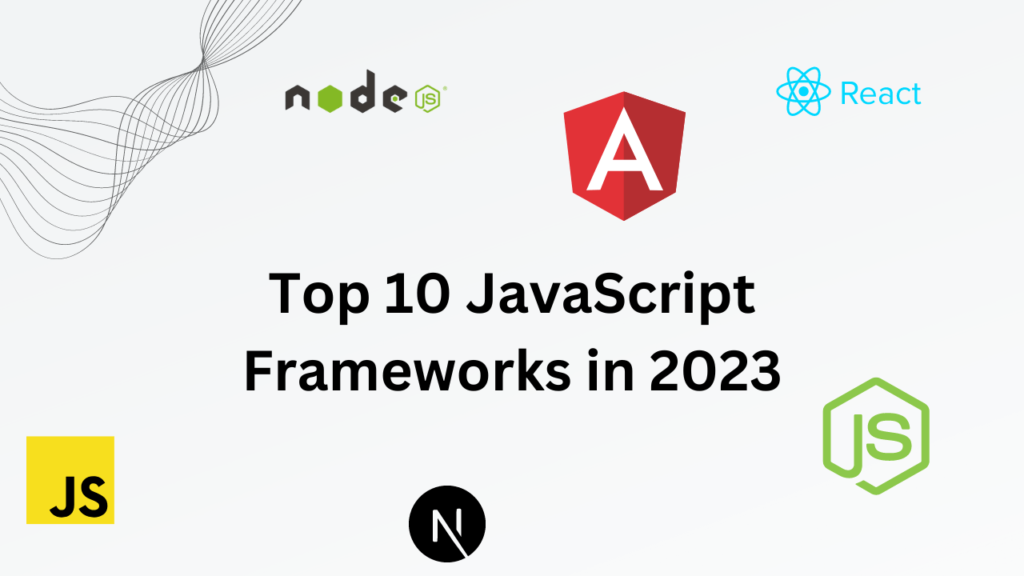JavaScript frameworks have revolutionized web development, enabling developers to build powerful and dynamic applications efficiently. As technology progresses, new frameworks emerge, each with its own unique features and advantages.
In this post, we’ll explore the top 10 JavaScript frameworks that are dominating the web development landscape in 2023. From established giants to up-and-coming stars, these frameworks offer the tools and capabilities to create stunning web experiences. Let’s dive in!
1. React.js
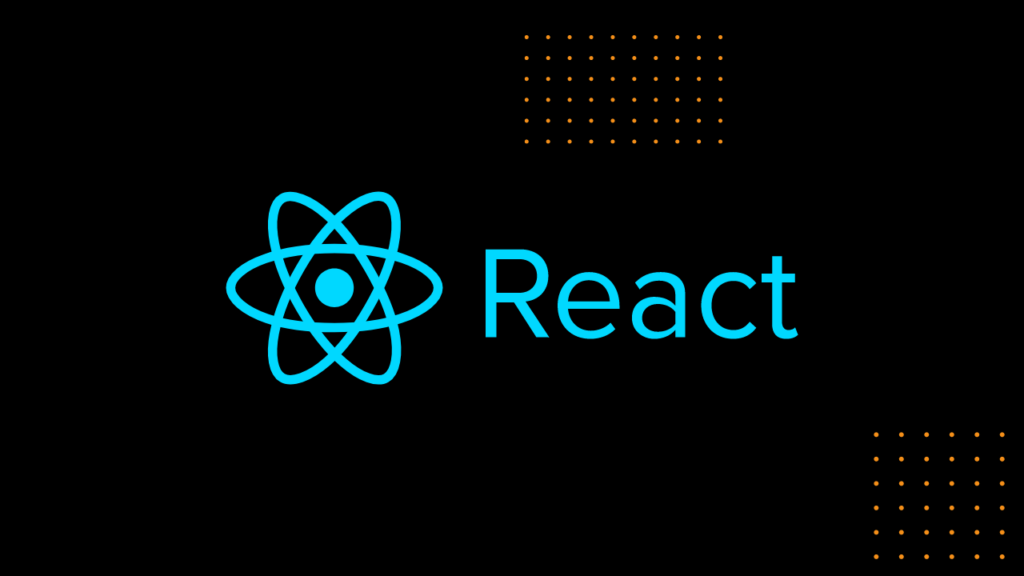
React.js continues to lead the pack with its component-based architecture and unmatched performance. Developed by Facebook, React.js empowers developers to build reusable UI components, resulting in faster rendering and improved user experience. Its extensive ecosystem and community support make it a top choice for building scalable applications.
React delivers blazing-fast rendering by making use of ‘Virtual DOM.’ DOM stands for Document Object Model, which renders only those components that have changed instead of rendering the whole page.
Advantages of React JS
- Efficient rendering with the Virtual DOM.
- Component-based architecture promotes reusability.
- Robust ecosystem and community support.
- JSX syntax allows for a seamless combination of HTML and JavaScript.
- Unidirectional data flow simplifies state management.
- Excellent performance and optimization capabilities.
- Supports server-side rendering (SSR) for improved SEO.
Disadvantages of React JS
- Steep learning curve for beginners.
- Requires knowledge of JavaScript and ES6 syntax.
- Boilerplate code is needed for setting up a React project.
- Lack of official guidelines and best practices for certain scenarios
2. Angular
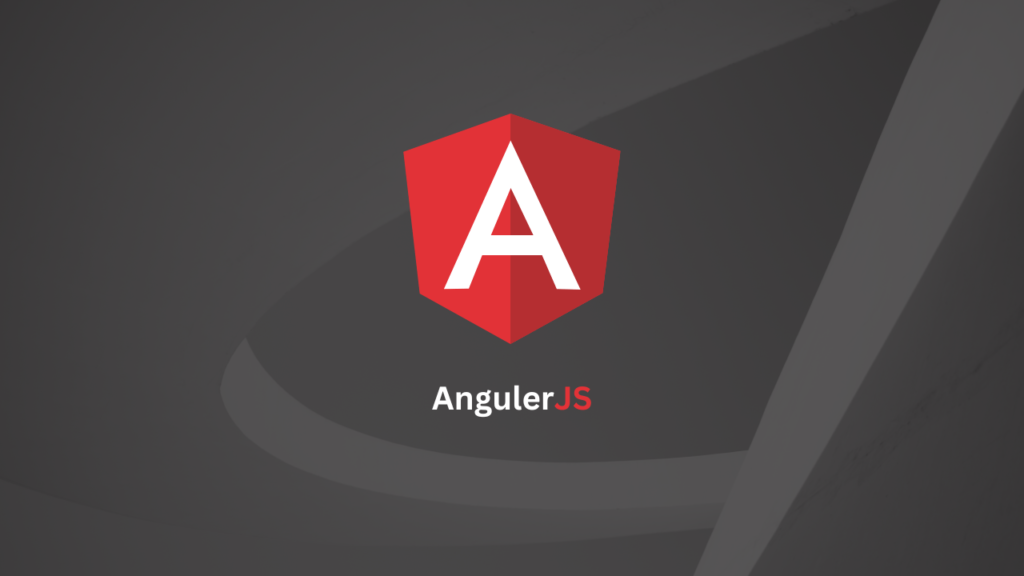
Angular, maintained by Google, remains a heavyweight in the JavaScript framework arena. With its powerful features, including two-way data binding and dependency injection, Angular provides a comprehensive solution for building complex applications. Its robust CLI, extensive documentation, and TypeScript support make it ideal for enterprise-level projects.
Advantages of Anguler JS
- Comprehensive framework (e.g., built-in features like dependency injection, and routing)
- Two-way data binding (simplifies data synchronization between model and view)
- Robust and scalable (follows best practices for code organization and modularity)
Disadvantages of Anguler JS
- Steep learning curve
- Requires familiarity with TypeScript
- More boilerplate code compared to other frameworks
3. NodeJs
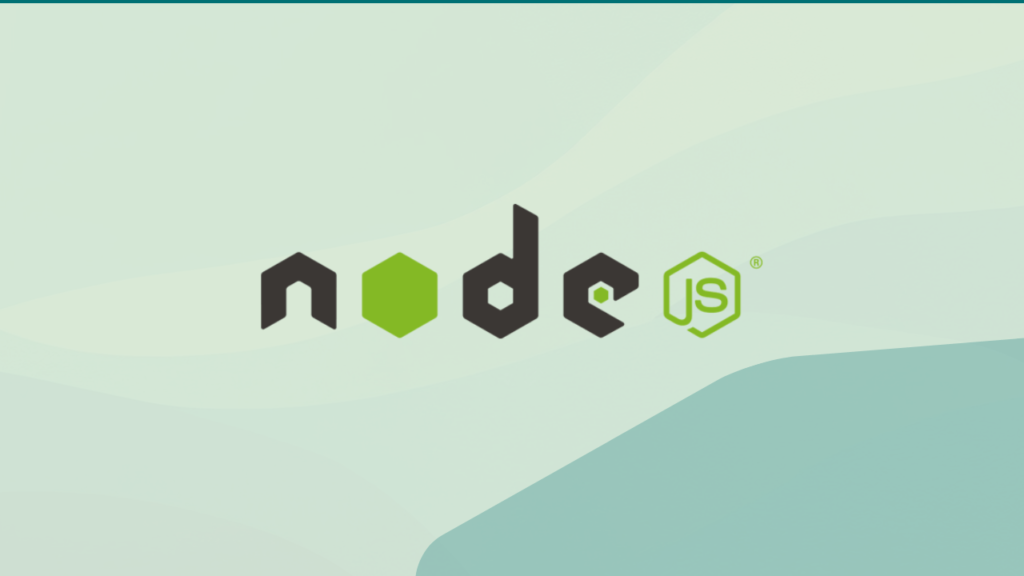
Node.js, although not a traditional front-end framework, has become indispensable for full-stack JavaScript development. As a server-side runtime environment, Node.js enables developers to write JavaScript both on the client and server sides. Its non-blocking I/O model and extensive package ecosystem (npm) have contributed to its widespread adoption.
Advantages of Node.js
- Non-Blocking, Asynchronous I/O
- Vast Ecosystem and NPM
- Fast and Lightweight
Disadvantages of Node.js
- Node.js operates on a single thread, which means it can be less suitable for CPU-intensive tasks.
- Asynchronous programming in Node.js heavily relies on callbacks
- Limited Standardization in compared to some others
- Immaturity for Some Use Cases
4. Vue.js
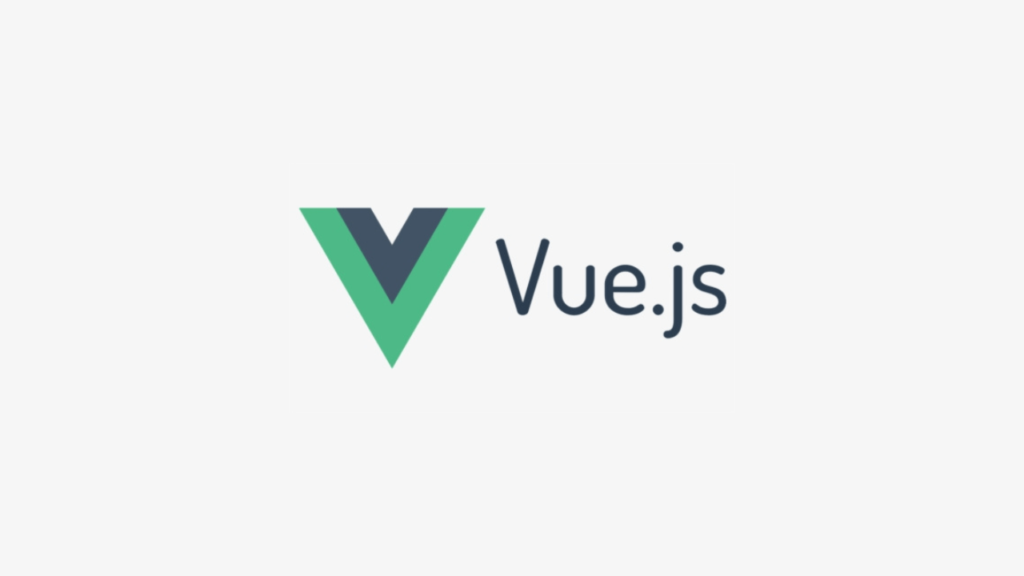
Vue.js has gained significant popularity for its simplicity and ease of integration. This progressive framework offers a gentle learning curve, making it an excellent choice for beginners. Vue.js empowers developers to create interactive interfaces and provides flexible options for component reusability. Its versatile nature and growing community support contribute to its rising adoption.
Advantages of Vue.js
- Easy to learn
- Small and quick ecosystem
- Easy to integrate with other apps & very flexible
Disadvantages of Vue.js
- Smaller Community Compared to React or Angular
- Limited Enterprise Adoption
- Relatively Less Comprehensive Documentation
- Limited set of tools
5. Next.js

Next.js, built on top of React.js, is a powerful framework for server-side rendering (SSR) and static site generation. It simplifies the creation of SEO-friendly and highly performant web applications. Next.js offers features like automatic code splitting, serverless functions, and built-in TypeScript support, making it an excellent choice for modern web development.
Advantages of Next.js
- Built-in support for server-side rendering and static site generation
- Excellent performance and SEO capabilities
Disadvantages of Next.js
- Steeper learning curve compared to simpler frameworks
- More complex setup and configuration requirements.
6. Express.js
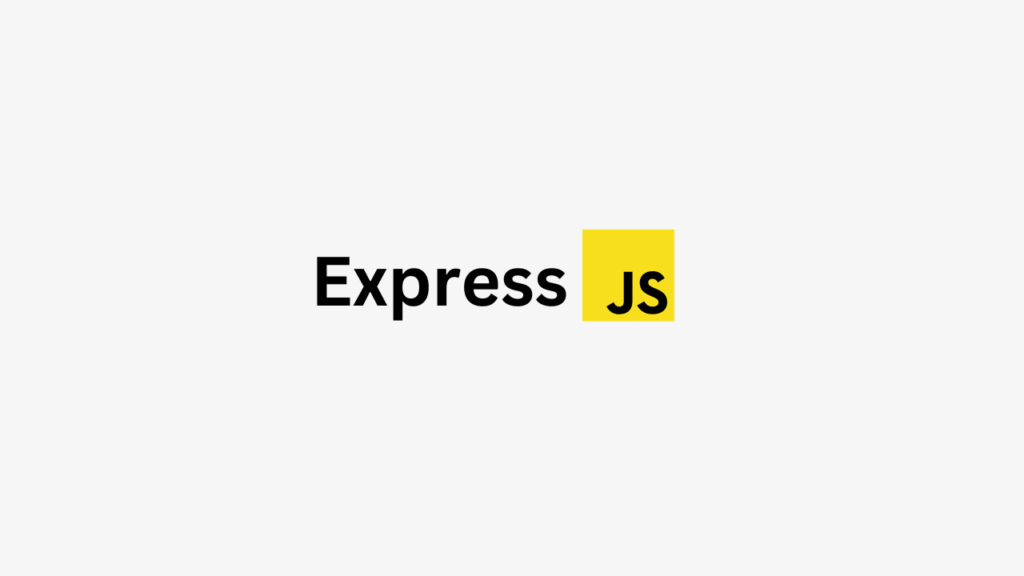
Express.js, a minimal and flexible framework, remains the go-to choice for building server-side applications and APIs. It provides a simple and intuitive interface, allowing developers to quickly set up robust server applications. Express.js, with its middleware support and extensive community ecosystem, offers a solid foundation for creating scalable back-end systems.
Advantages of Express.js
- A lightweight and flexible framework for building web applications with Node.js
- Large and active community with many plugins and middleware available
- Full control over external behavior and data access levels
- Fast and easy development
Disadvantages of Express.js
- Lack of built-in features compared to more comprehensive frameworks, requiring additional libraries for certain functionalities.
- Sometimes the template code makes the process more complex
7. Svelte
Svelte is an innovative and lightweight framework that focuses on compiling components at build time, resulting in highly optimized applications. With its declarative syntax and automatic reactivity, Svelte streamlines the development process. Its smaller bundle size and better runtime performance make it an attractive choice for building fast and efficient web applications.
Advantages of Svelte
- Extremely fast and efficient runtime performance
- Simplified syntax and easy learning curve
- Automatic reactivity and minimal bundle size
Disadvantages of Svelte
- Smaller ecosystems compared to more established frameworks
- Limited tooling and community support compared to larger frameworks
- Potential compatibility issues with existing libraries or components.
8. Ember.js
Ember.js, known for its convention-over-configuration approach, provides a comprehensive set of tools for building ambitious web applications. It emphasizes scalability and code organization, making it suitable for large-scale projects. Ember.js embraces the “batteries included” philosophy, offering out-of-the-box solutions for routing, data management, and testing.
Advantages of Ember.Js
- High scalability & Very productive
- Robust and mature framework with built-in features for routing, data management, and testing.
- Strong community support and active development, ensuring ongoing improvements and updates.
Disadvantages of Ember.js
- Due to large file sizes loads slowly
- Not suitable for small apps
9. D3.js
D3.js (Data-Driven Documents) is a powerful framework for data visualization and manipulation. It provides a wide range of tools for creating interactive charts, graphs, and maps. D3.js leverages the power of SVG, HTML, and CSS, allowing developers to build custom visualizations that are responsive and dynamic.
The main advantage of D3 is its flexibility and powerful data visualization library with extensive support for creating interactive and dynamic visualizations in web browsers.
10. Preact
Preact is a fast and lightweight alternative to React.js, offering a similar API and compatibility. With its small footprint and fast runtime, Preact excels in performance-critical applications. It provides an easy migration.
The main disadvantage of Preact is its smaller ecosystem and community compared to React, which may result in the limited availability of plugins, libraries, and resources, potentially requiring more custom development or integration efforts.

